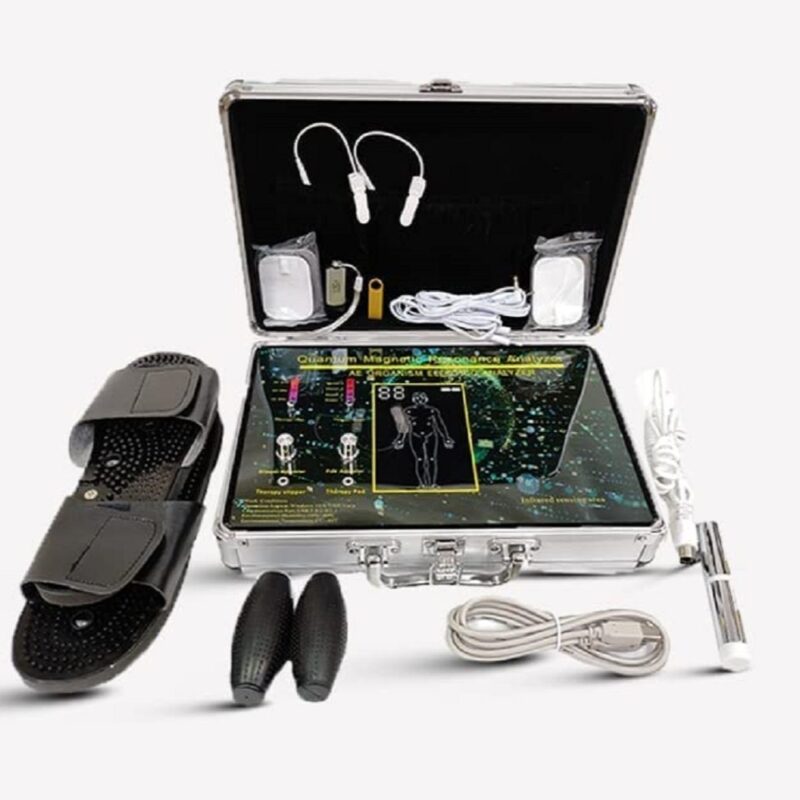Trail running offers a unique blend of physical challenge and natural beauty states Steven Rindner. But it requires different techniques and training strategies compared to road running. Improving trail running techniques and speed can enhance one’s performance, reduce your risk of injury, and makes running on trails more enjoyable.
Focus on Form and Technique
- Adjust Your Stride – Trail running requires a shorter, quicker stride in comparison to road running. This helps maintain balance and react quickly to changes in terrain.
- Use the arms – The arms play a crucial role in maintaining balance on uneven terrain. Keep the elbows bent at a 90-degree angle and use the arms to help stabilize and propel forward. Swing the arms more actively when navigating technical sections or steep climbs.
- Look Ahead – One must keep their eyes focused a few feet ahead of the trail rather than directly at their feet. This helps anticipate obstacles and choose the best path says Steven Rindner.
- Practice Proper Foot Placement on flat surfaces. Avoid stepping directly on rocks or roots if possible. When running on loose gravel or mud, land with a mid-foot strike to enhance stability.
Build Strength and Endurance
- Incorporate hill workouts into the daily training to build strength and improve the ability to handle elevation changes.
- Strength training such as squats, lunges, deadlifts, and planks are essential. Stronger muscles help stabilize the joints and improve the overall running efficiency.
- Plyometric exercises, like box jumps and bounding, improve one’s explosive power and agility. This is crucial for navigating technical terrain. a
Improve Speed with Specific Workouts
- Interval Training – This improves the speed and cardiovascular fitness. On a flat section of trail or on a track, alternate between periods of high-intensity running and recovery.
- Tempo Runs – This helps build lactate threshold, allowing one to maintain a faster pace for longer periods. This pace should be sustainable but challenging, recommends Steven Rindner.
- Fartlek Workouts – Also known as “speed play,” this involves varying the pace throughout one’s run. This mimics the varied effort levels required in trail running and improves your ability to handle changes in pace.
Adapt to Trail Conditions
- Develop technical running skills by practicing on varied terrain. Include rocky, root-covered, and muddy trails in the training to become more adept at navigating these challenges. Focus on maintaining your form and staying light on your feet.
- Running downhill efficiently can save time and energy. Lean slightly forward, keep the knees soft, and use quick, light steps. Use gravity as an assistance but maintain control to avoid falling.
- Trail conditions can change with the weather, so train in various conditions, including rain, mud, and snow. This helps one become more adaptable.
Improving the trail running technique and speed involves a combination of proper form, targeted strength training, and specific workouts. These must be tailored to the demands of trail running. By focusing on these areas and adapting to different trail conditions, one can enhance their performance, reduce the risk of injury, and enjoy the trails to their fullest. Embrace the challenge and beauty of trail running, and watch the skills and speed improve with consistent practice, and dedication.

